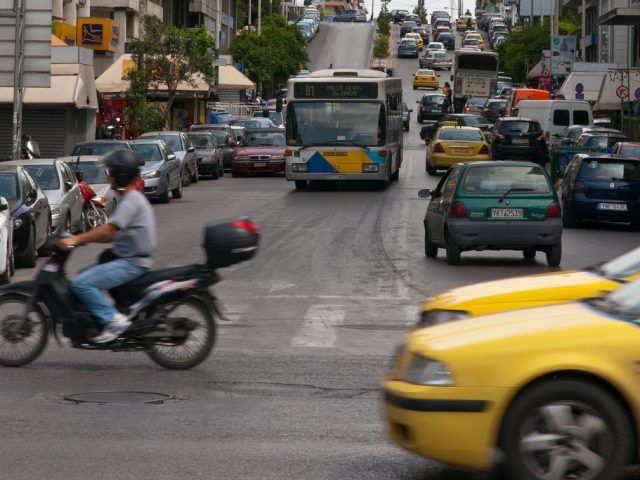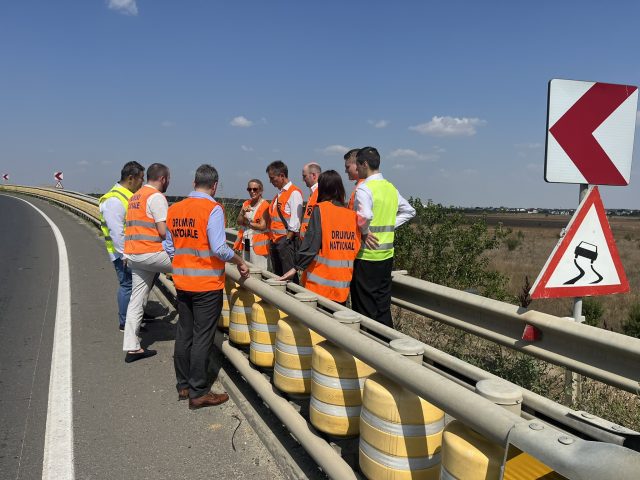OECD city report recommends shift to cycling in urban areas to improve road safety
Modal shift away from private motor vehicles could significantly improve road safety in dense urban areas, according to a new report on urban road safety by the International Transport Forum of the OECD. Such a shift would also bring public health benefits associated with increased physical activity and improved air quality, according to the authors.
The report benchmarked road safety performance in 72 urban areas, mostly in Europe, and illustrates governance solutions to improve urban road safety with case studies conducted in Lisbon (Portugal) and Riga (Latvia). The report also proposes new road safety indicators to assess the level of risk for each mode of transport.
Unsurprisingly, the research confirms that pedestrians, cyclists and motorcyclists are the most vulnerable road users, making up about 80% of road deaths in dense European urban areas. Non-motorised road users face a death risk almost ten times greater than the risk for car passengers for a given distance travelled in cities. Yet car traffic creates a far greater risk for third parties involved in crashes. The data show that areas where people cycle the most also have the lowest total road mortality.
The report says that major road safety problems result from policies that have led to car-dependent communities. Car-dependent communities generate large traffic volumes and therefore large risks. They also tend to resist policies addressing traffic volume and car speeds, since they have very little alternative mobility options.
The next ETSC PIN report, to be published later this year, will also examine urban road safety, with recommendations for reducing deaths and serious injuries.
Download the OECD report at: https://www.itf-oecd.org/road-safety-european-cities







